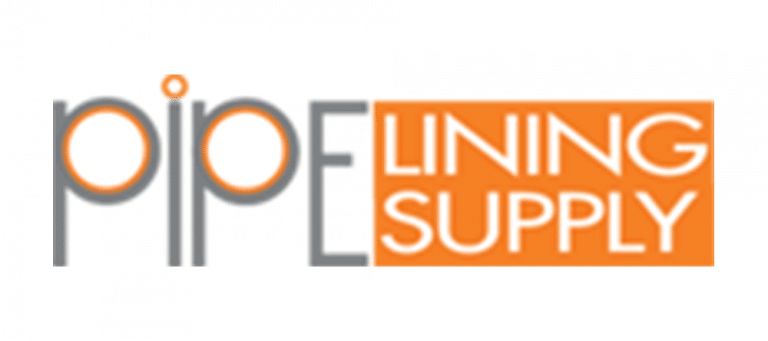cipp at 50 years
2021 marks the 50th anniversary — the birth of the first cured-in-place process for sewer rehab, simply known as CIPP. The CIPP pioneer, Eric Wood, impregnated a felt tube with polyester resin, wrapped it in a plastic sheet, dragged it 230 ft into the 12-in., egg-shaped, brick sewer and inflated it with air. Then left it to cure.
A pipe was given a new life for at least the next 50-plus years.
The 2021 trenchless market reaches into the billions, with more work on sewers lines needed every day as they continue to age and decay. Diameters and lengths are the largest and longest they have ever been, with diameters exceeding more than 120 in. in some projects. Technology and research continue to hum along.
How does it work?
A resin-saturated felt tube made of polyester, fiberglass cloth or a number of other materials suitable for resin impregnation, is inverted or pulled into a damaged pipe. It is usually done from the upstream access point (manhole or excavation). It is possible to invert the liner upstream (e.g. from the downstream access point) but this carries greater risk. It is possible to install a liner from the downstream access point, upstream to a blind end, however, this carries the highest risk of all the CIPP installation methods. Little to no digging is involved in this trenchless process, making for a potentially more cost-effective and less disruptive method than traditional “dig and replace” pipe repair methods.
The advantage is clear
As a trenchless technology, CIPP does not require excavation to rehabilitate a pipeline that is either leaking or structurally unsound. Depending upon design considerations an excavation may be made, but the liner is often installed through a manhole or other existing access point. CIPP has a smooth interior and no joints. While CIPP can repair a pipe with bends, special design considerations must be taken into account to prevent wrinkling and stretching. CIPP can effectively reduce infiltration and leaks in pipeline systems without digging.


















